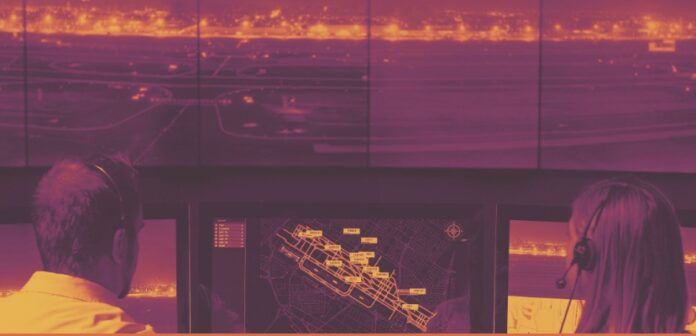According to a story published today by Aviation International News, the Colorado Department of Transportation wants to keep the remote-control tower at Loveland’s Northern Colorado Regional Airport (KFNL) open. The agency is hoping the FAA can find a way to coordinate with the system’s equipment designer, Ottawa, Ontario-based Searidge Technologies, to get the tower certified. The FAA said the Searidge system at KFNL is “under evaluation.”
Bill Payne, who is managing the project for the Colorado DOT, said, “We will be able to save it if Searidge can provide the required system design approval documents and the FAA supports the KFNL system.” He added, “It will be a shame if the system does not complete the certification process after the state invested $8.8 million and the FAA did four years of testing.”
The FAA initially approved Searidge’s hardware and installation, but later revised the requirements to include higher-definition cameras. Searidge replaced some of the cameras with updated higher-resolution versions, but news reports indicate the FAA is now asking for all remote tower systems to be evaluated at the FAA Technical Center in Atlantic City, New Jersey, before approval.
According to the Colorado DOT, the project “pioneers the next generation of air traffic control technology. This test project is the first to combine visual/camera input and radar/track-based input, allowing for control of air traffic at airports from a remote location. The result of this project will enhance safety and efficiency at airports, while also reducing the construction and operating costs of a traditional air traffic control tower.”
According to the Searidge Technologies website, “A digital tower can be whatever an airport needs it to be—from a turnkey solution that replicates operations more cost-efficiently, to something underpinned by industry-leading [artificial intelligence] that addresses complex and specific operational challenges.”



































I once read a bumper sticker, saying that artificial intelligence was better than none at all.
This sounds a lot like the FAA’s Not Invented Here syndrome – similar to their foot-dragging over G-100UL. If you don’t want to reject an idea outright because your are concerned over the blowback, just keep asking for more changes and studies (switch to another FAA location and start over). Keep moving the goal posts and hope the people involved finally just give up.